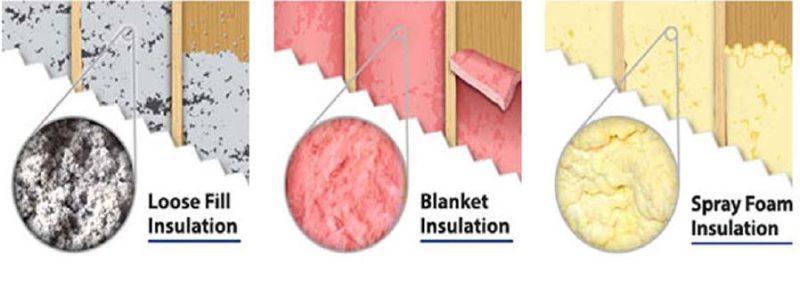
Our expert solution involves sealing up your crawl space with a robust vapor barrier, acting as a shield against water and moisture.
The result is optimal humidity levels for your home or business—a game-changer for comfort and cost savings. Experience a more comfortable living or working environment as your heating and cooling costs decrease, leaving those persistent moisture problems firmly in the past.
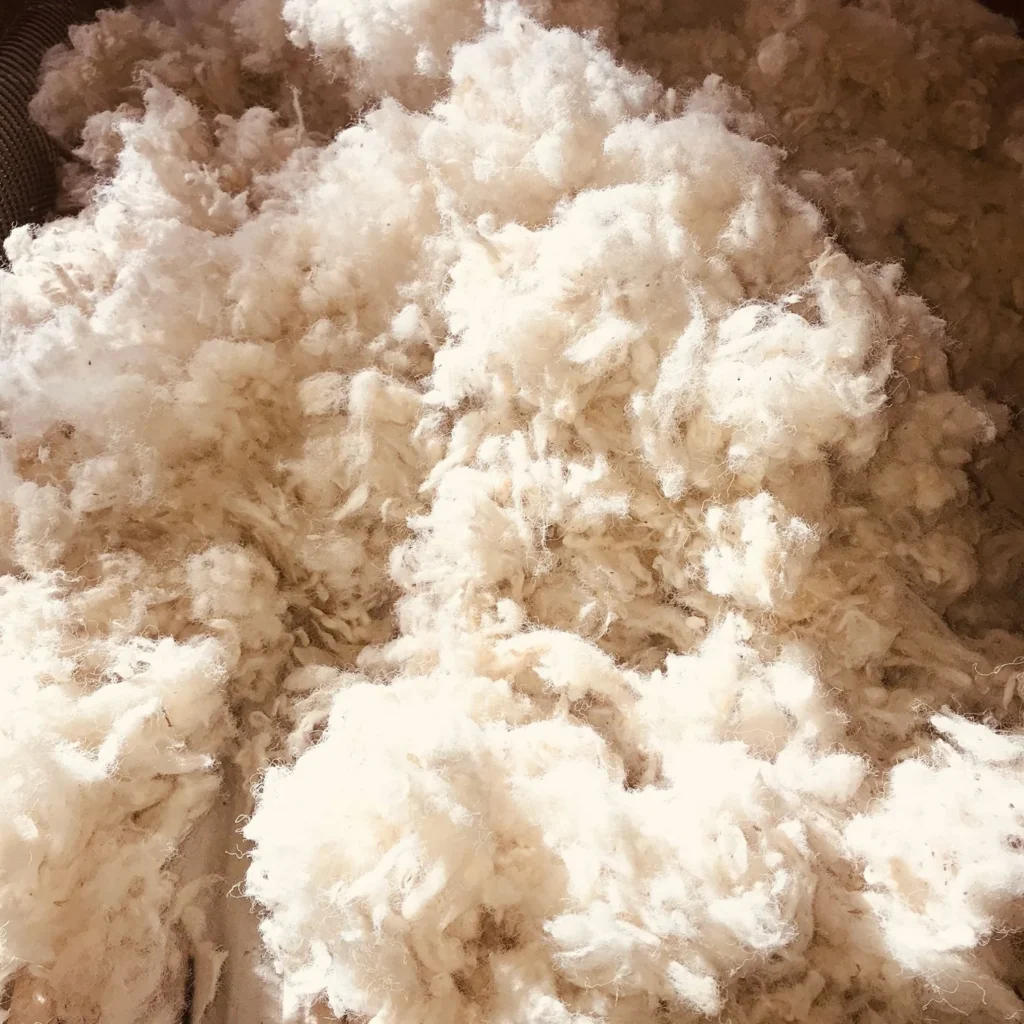
PROS
• Best for oddly shaped areas
• Can fill wall cavities.
• Quick installation process
CONS
• Requires special machinery. Certified professionals are highly recommended.
• Alex Home Pro uses Johns Manville Attic Protector Fiberglass Blown-in Insulation. It covers nearly 110
square feet per bag and delivers an R-value of R-19. It receives a gold certification from Greenguard, and it’s SCS-certified for home indoor air quality. Call us now or click here to schedule an appointment for a free estimate.
Another type of best attic insulation, fiberglass roll is the same material as the type we mention below tiny pieces of glass reinforced by plastic, but the form it takes is slightly different. As you could probably guess, the rolled version comes in longer pieces that you can roll out.
The roll is easy to transport, and you can cut it to the appropriate lengths. Keep in mind that the batts version offers more square feet per package than rolls do.
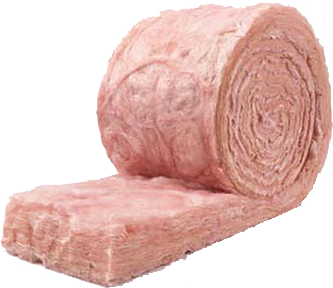
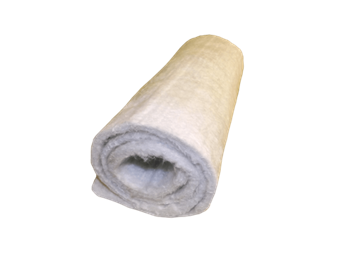
Fiberglass batt insulation is indeed a popular choice for insulating attics and walls due to its effectiveness in regulating temperature and its relatively easy installation process. The batt version comes in blanket form — i.e., small, pre-cut sections that you can lay down wherever you need to.
The glass found in fiberglass is often made from sand and recycled glass, so it can benefit the environment.
Spray foam attic insulation usually features one of three types of plastic: polyurethane, polyisocyanurate, or polystyrene. Our pro team installs the foam insulation by spraying it or installing it into stiff foam boards. Sometimes, depending on the circumstances, we prefer to use a cement-based foam known as cementitious foam insulation.
This premium attic insulation offers among the best performance there is, as it fills all the nooks, cracks, and crannies present in your attic’s flooring and walls.
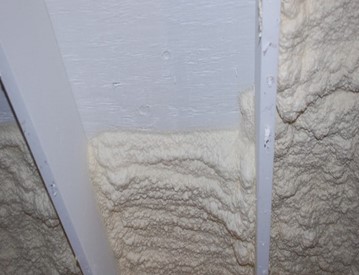
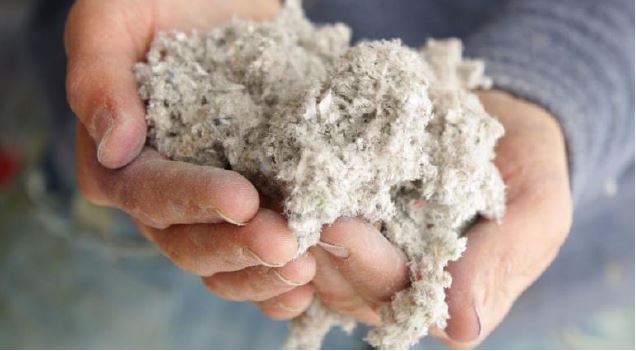
Cellulose attic insulation features recycled paper products. Cellulose is much denser than fiberglass, so it’ll provide better heat retention in the winter and cool air retention in the summer. Because cellulose consists largely of recycled materials, many of our clients view it as an eco-friendly option. Because of this we only use cellulose insulation that is manufactured with borate and ammonium sulfate.
These elements make the cellulose material resistant to both fire and insects, which in turn, creates a safer and healthier home for your family.
While other materials slow conductive heat flow, reflective insulation systems and radiant barriers reduce radiant heat gain. A radiant barrier will block radiant heat, but a reflective insulation product will help you control condensation and achieve a specific R-value if you need to meet your building’s regulations. We make sure when we install this type of insulation that the reflective surface ALWAYS faces an air space for the most efficiency. We also implore our clients after installation is complete to minimize dust accumulation to enhance the surface’s reflective capabilities.


PROS
Cellulose attic insulation features recycled paper products. Cellulose is much denser than fiberglass, so it’ll provide better heat retention in the winter and cool air retention in the summer. Because cellulose consists largely of recycled materials, many of our clients view it as an eco-friendly option. Because of this we only use cellulose insulation that is manufactured with borate and ammonium sulfate.
These elements make the cellulose material resistant to both fire and insects, which in turn, creates a safer and healthier home for your family.
Denim insulation is made from recycled denim or cotton fibers. This type of insulation is created using recycled blue jeans or other cotton materials that are processed and turned into insulation batts or rolls.
Overall, denim attic insulation is a sustainable and safe option that provides good thermal and sound insulation properties for residential and commercial buildings.

CONS